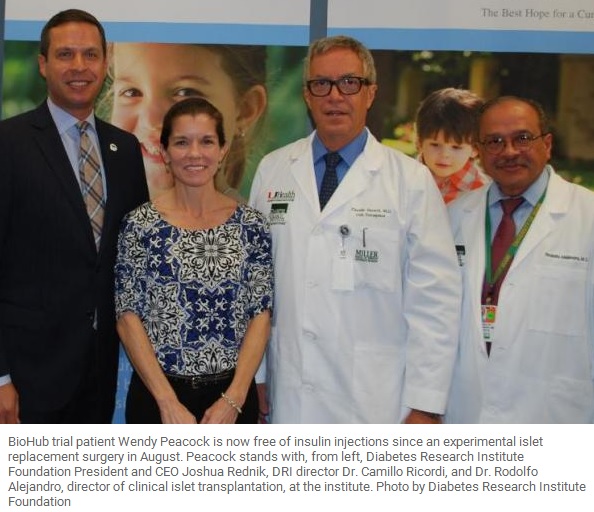In July 2015 United States-based spinal cord injury (SCI) patient Jack Pearce and his wife Ellie traveled from Florida to Bangkok, Thailand where Jack received adult stem cell treatment combined with an intensive rehabilitation program in the hope to become independent.
The procedure involved adult mesenchymal stem cell therapy combined with utilizing an implanted epidural stimulator that allows spinal cord injury patients to voluntarily move their limbs. The umbilical cord derived mesenchymal stem cells (UCMSCs) were administered via lumbar puncture and intravenous injection.
Jack became paralyzed after doing a back flip on a trampoline. This type of injury requires a large quantity of stem cells and an intensive rehabilitation program that go hand in hand.
Jack’s treatment program is being well documented. The videos are supported by the Better Being Hospital and Beike Biotechnology Company. His results are being validated by Brooks Rehabilitation in Jacksonville, Florida who did pre-treatment assessments on Jack and they will monitor his ongoing stem cell activity and improvements, and also provide the facility to enable Jack to continue his physical therapy program while he is back home in the United States.
Watch this moving video that was released this week, September 2015, that shows Jack’s arrival at Better Being Hospital where he talks about his treatment goals.
The video documentary was co-produced by Jack himself and aims to give an unbiased, medically documented look at this breakthrough treatment. Jack plans to return to Thailand in six months for a second round of stem cell treatment and to create a follow-up documentary based on his post-treatment assessments. Further videos will be shown here as soon as they become available.
SOURCE Beike Biotechnology Co. Ltd.






